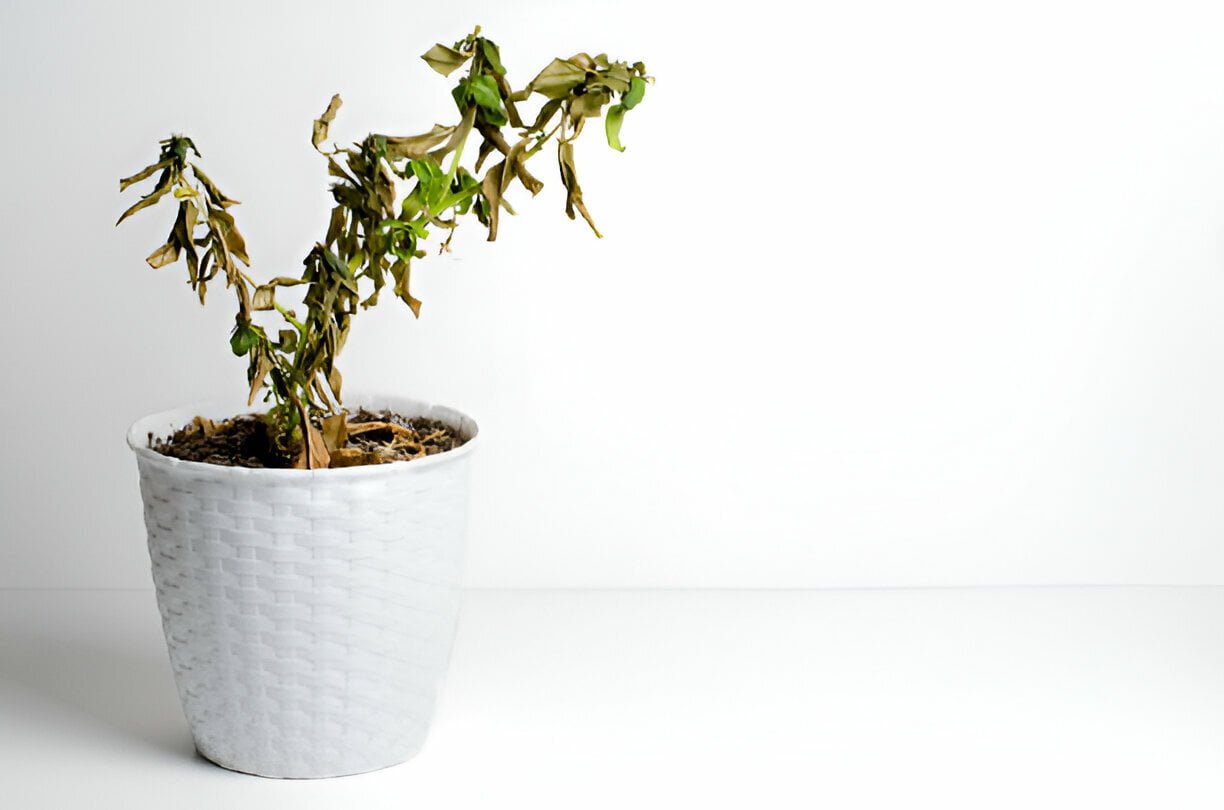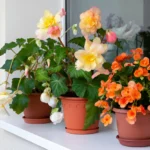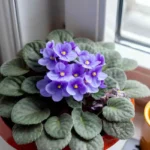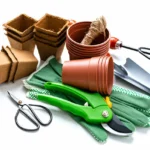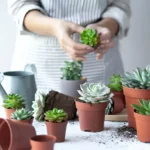I assume your favourite plant is struggling if you’re reading this post. When we bring the tree home, our work is with the tree. We always try to keep the tree healthy, but if we make a mistake, we can kill the tree. When our child is seriously ill, we go to the best place for treatment as quickly as possible! Why not trees? Like trees and our children. Shouldn’t we try our best to restore plants?
Of course, we will. We don’t need to leave the house to treat them; We can treat them at home. Let’s go into detail about this. Dehydrated plants can be restored in several ways. The procedures are:
1. Searching for Plant Life
Even if every part of the tree is dehydrated, we should try to save it. If the plant is green to some part of the stem, we should still try to save it. We should check their roots to see if the stem leaves are drooping, brown, or yellow and falling off. If there is any possibility of saving the tree, we will try with the roots. We will not give up the plant without trying. From my experience, it is possible to restore the tree if you try and with God’s help. My gardening friend left his GG plant to die. I visited his garden, and my eyes fell on the plant. I talked to her and brought the plant leaves home and planted them in water to grow seedlings from the leaves. After a few days, I noticed that the plant had roots. I grew seedlings from leaves and gifted a seedling to my friend.
From this experience, you should try to find the lives; of course, we can save them if we try.
2. Overwatering
Overwatering can cause browning of leaves and root rot along with drooping of leaves. Before you bring the plant home, you should know how much water the plant needs. Once you know how much water your plants are getting, you can avoid overwatering. You have the option to note it in your calendar. I keep a note on my mobile about how many days I need to water a plant and when I watered a plant last time. You can also try.
3. Keeping Drainage Holes
Always leave holes in the bottom of the tub. You can drill holes at home if you don’t have a perforated tub. Excess water will come through the drainage hole when you put excess water in it. Excess water rots the roots and spoils the soil of the plants, causing the formation of pests in the soil. Plant roots collect food from the soil through the roots. Roots create voids in the soil and breathe. Overwatering closes the voids in the soil and restricts plant respiration. That causes problems in plant growth. If there are enough holes under the tub, these problems do not occur, and you can easily save the plant.
4. Modify the Soil
To dehydrate the plant, we will identify the problem by examining the tree and then take appropriate measures. Plants can become dehydrated due to several factors, such as water, insects, and fertilizers. Tub plants have a close relationship with water and soil. If you water them less, the soil will dry; if you overwater them, the soil will become wet.
Excessive watering keeps the soil wet, causing the leaves to turn yellow. When you realize your plant has been overwatered, quickly replace the soil with dry soil from your home. That helps restore the plant from wet to dry soil, increasing the chances of saving the tree.

5. Check Leaves to Assess Plant Health
Drooping leaves, turning yellow or brown, curling and falling off, wilting, etc. There are signs of dehydration in the plant. Deciduous plants bend to catch extra sunlight. Yellow leaves can result from overwatering, while brown leaves may be caused by underwatering, often accompanied by leaf curling and falling. Yellow leaves are caused by overwatering the plant. Brown leaves can be caused by under-watering the plant. Leaf curling and leaf fall are observed.
6. Humidity
Plants require moisture for proper growth. Plants are affected by weather and climate from different places in nature. They are acclimated in nature, and our houseplants need the proper humidity when we bring them indoors. We will choose a humid place in the house to keep the plants. If the moisture varies, the plant will not grow, and the leaves will drop. We put stones in the tray under the tub and put the tub on the rocks with little water. The plant will remain moist. You can use humidifiers available at various online stores or Amazon if you have more plants. You can also spray mist on the leaves and remove the leaves. This way, you can easily maintain the plant’s humidity level.
7. Fertilizing
When there is a lack of sufficient nutrients in the soil, the plant leaves are smaller than before. The tree produces fewer new branches. The tree looks unhealthy, and the leaves droop. It’s possible that you believe your tree won’t survive. You then add liquid fertilizer to the plants because organic fertilizers take time to combine with the soil; liquid fertilizers act quickly and deliver nutrients. If you see such a condition of the plant, you should use liquid fertilizer.
8. Sunlight
For plants to produce food through photosynthesis, they require light. Every plant has a minimum requirement for light. Some direct light, some bright light, some medium light, some indirect bright light; you need to know the behaviour of the plant. Excessive sunlight causes the leaves to dry and fall off, requiring excessive water. The plant’s soil will dry out, the plant will suffer from desiccation, and may eventually die. In such a case, move your plant out of its place and continue the treatment in a bright light.
9. Bottom Water
We water the plants from above. Have we noticed that the water we are giving is coming out of the drainage hole? We leave with little water. It can be seen that the water goes only 2-3 inches deep and does not reach the end of the plant. Due to the lack of water in the lower part of the plant, the leaves may turn brown, and the leaves fall off. Before you know it, they are suffering from the lack of sufficient water. You then take a container of water and leave the tub in there for 20-30 minutes. You will test with a stick every 10-15 minutes by inserting the stick into the soil of the tub. By lifting the stick you can see how wet the area is until the top 1/2 inch of soil is wet before you place the tub in the container. Finally, leave the tubs on your sink for 5-10 minutes to soak up the water, then place the plants in their designated locations.
Pro Tips
When you water the plants, take a chopstick and insert the whole chopstick at least 2-3 inches away from the stem part of the plant and lift the chopstick. It will create an air pocket on one side, and on the other side, when you pour water, the water will go quickly under the plant.
10. Trimming the Leaves
You can’t just cut off yellow or brown leaves with scissors to save your beloved plant. As a result, healthy leaves can make food faster, and the plant can recover. If you can’t save the tree, put it in your compost bin instead of the dustbin. The last part of the tree will be composted. The plant has returned to your garden again in a different way.
FAQ
How many days will it take to recover from dry-hydrated plants?
= It is impossible to give an exact time for the tree’s recovery as some plants recover while others take time. After restoring the plant, try to allow at least one month to become fully healthy before returning it to its original location.
What is the way to understand the leaves of the tree?
= If the leaves of a tree feel soft when you touch them, it indicates that the tree can be revived. However, if the leaves are dry and crispy, it will be difficult to restore the tree, and it may even die.
